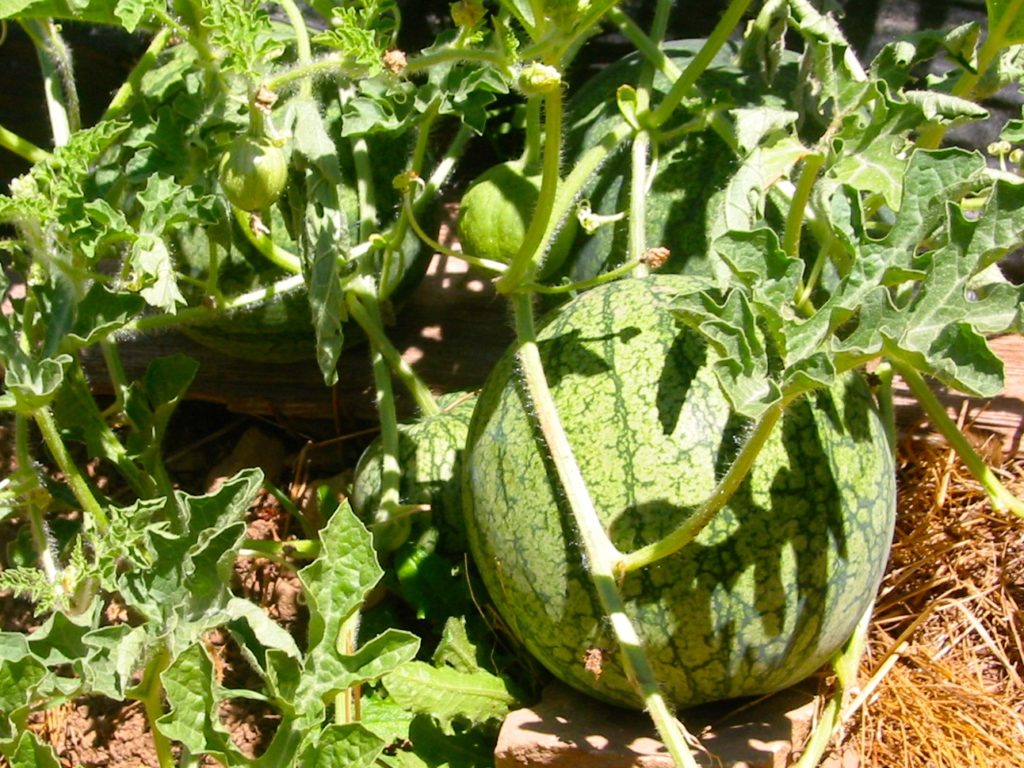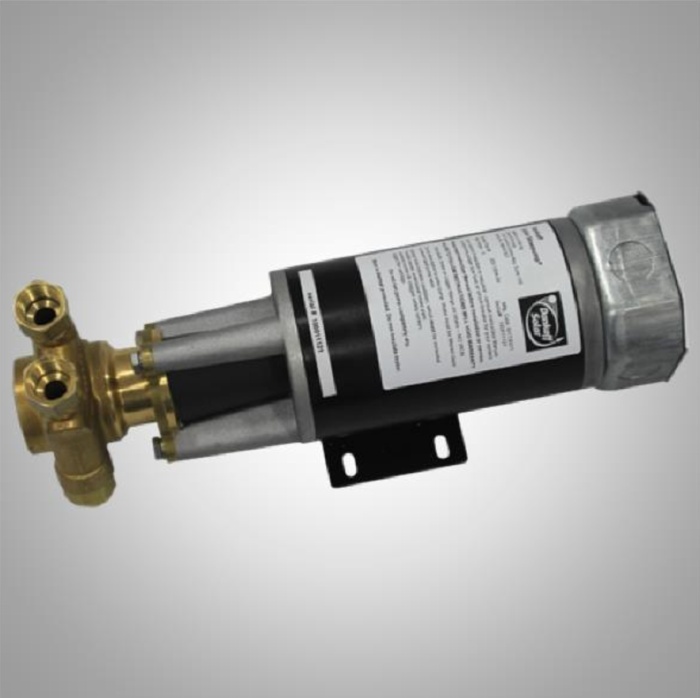Trials & Tribulations
We had lots of difficulties with the water supply our first year.

The spring had a poorly built concrete enclosure around it, that leaked like a sieve, the former owners idea of a spring box. Apparently their plan had been to build a reservoir to pump out of.
Our predecessor had a dispute with the neighbors who had established water rights from the same spring, that led to a court order prohibiting the placement of pumps, and their toxic drippings in the water channel, And applied to us as well. We had no problem complying. An early task was dredging out the deep silt from the icy cold water. At first we tried to establish a gravity flow from the box, but, as the dry season approached it became obvious that we needed to go deeper.

Clearly there was more water below the spring box than could be contained above ground. I buried a food grade plastic bucket, drilled with 1/4” holes, fitted with a 1” pipe coupling for the gravity line, and covered it with rocks. That worked, but the flow was tenuous, the contours of the terrain made a simple gravity flow into a siphon, which meant that any bubble or minor blockage, shut the flow down. There was a lot of pipe flushing, tank hugging, and frayed wits that first year. Our neighbor shared that a screw with a neoprene washer, used for fastening metal roofs, made a handy air release valve for the high spots of the line were air bubbles accumulated.
Our small FLOJET Diaphram pump, got us through the first summer. With a small garden and no indoor plumbing, our water supply needs were modest. Some would say inadequate. Our first up-grade was a so-called SLOW PUMP, a sophisticated positive displacement, vane pump coupled to larger electric motor that of course, demanded more power.

Photo-voltaic panels were pricey back then, and we were on a low budget, but, David Katz, and his helpful crew at ALTERNATIVE ENERGY ENGINEERING pointed us towards some used panels- the first commercial 32 watt model made by ARCO, salvaged from the largest solar power plant in the world, on the Carrizo plains.
Apparently, the new owners of the site determined that more income could be made by dismantling and selling the 100,000 panels, than by selling the power that it generated. The panels had been installed with experimental reflective concentraters that baked the backing a bit, but they were much cheaper per watt than new PV panels and still worked well, demonstrating the durability of the technology.
We wired 4 panels together in a 24 volt string, hooked up some recycled 4 gauge multi-strand copper wire and were in business. This pump was quite sensitive to particulates, and was only serviceable by the factory- its precision components were designed for idealized settings- industrial fluid handling, beverage processing, dialysis machines and the like- places unlikely to encounter silt and insects shells! A step up from a carpet cleaner pump- but add regular filter maintenance to the schedule.
\


